Hurricane Katrina 10 Years Later: New Orleans Photojournalist Tells Story Behind Haunting Photos
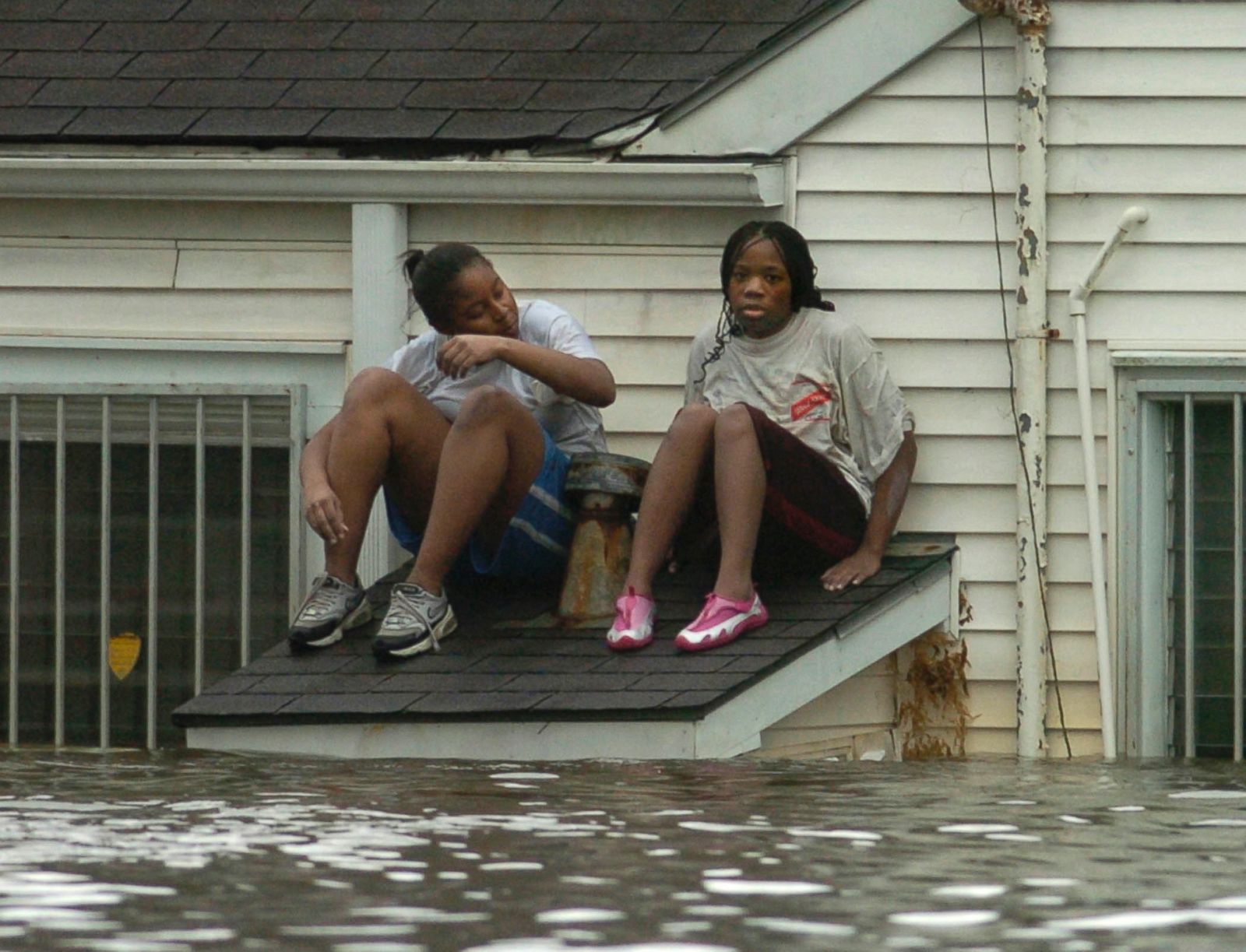
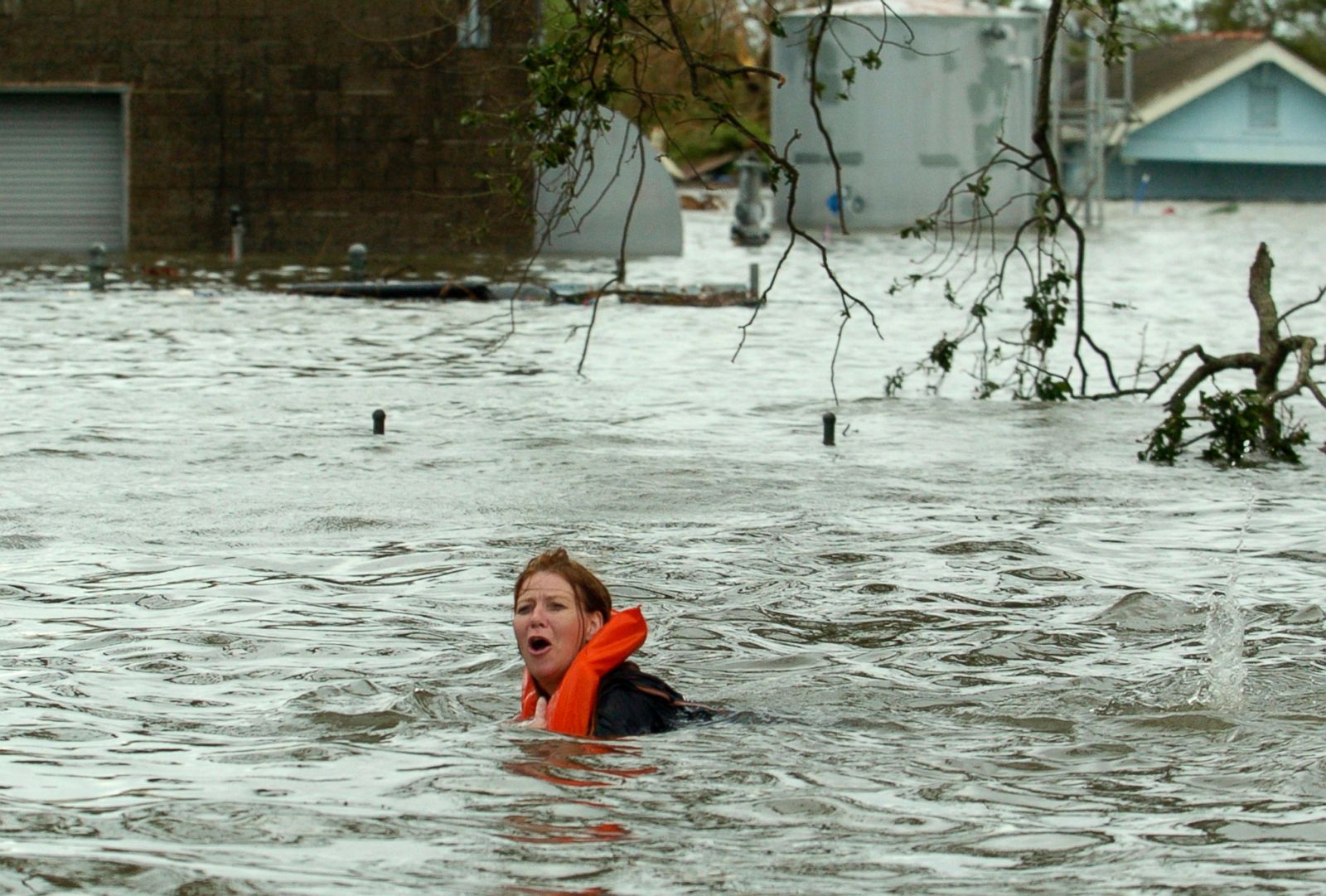
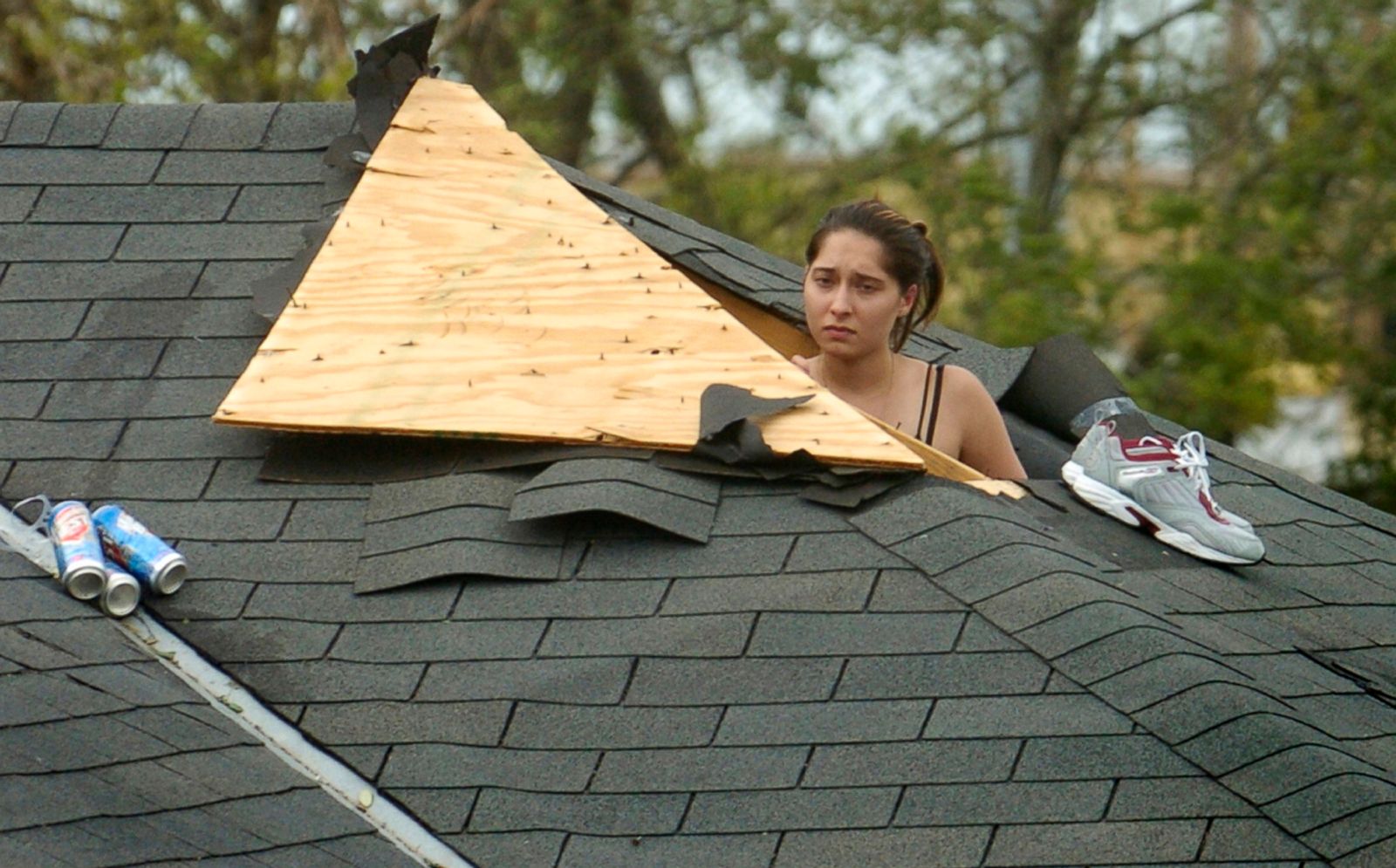
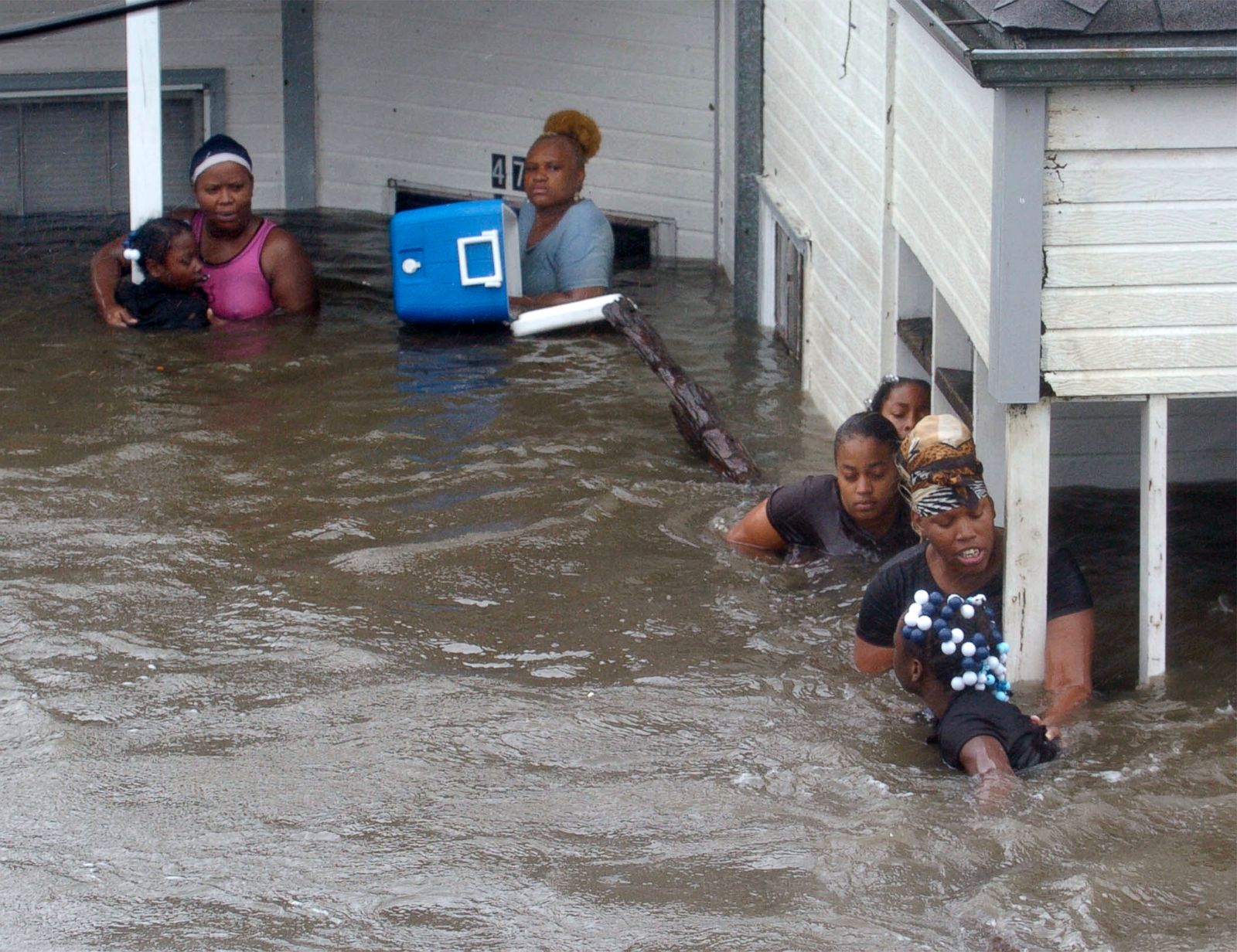
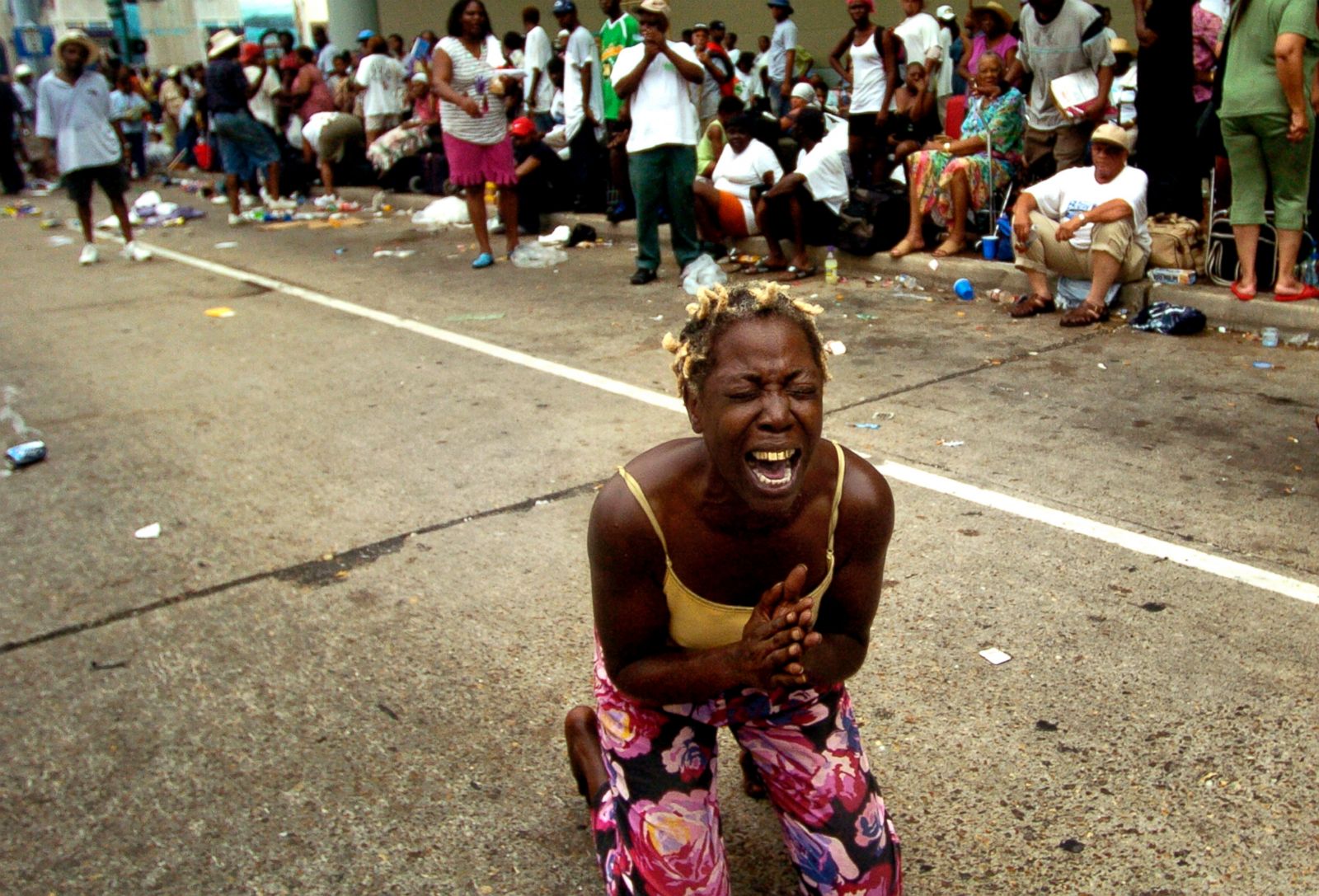
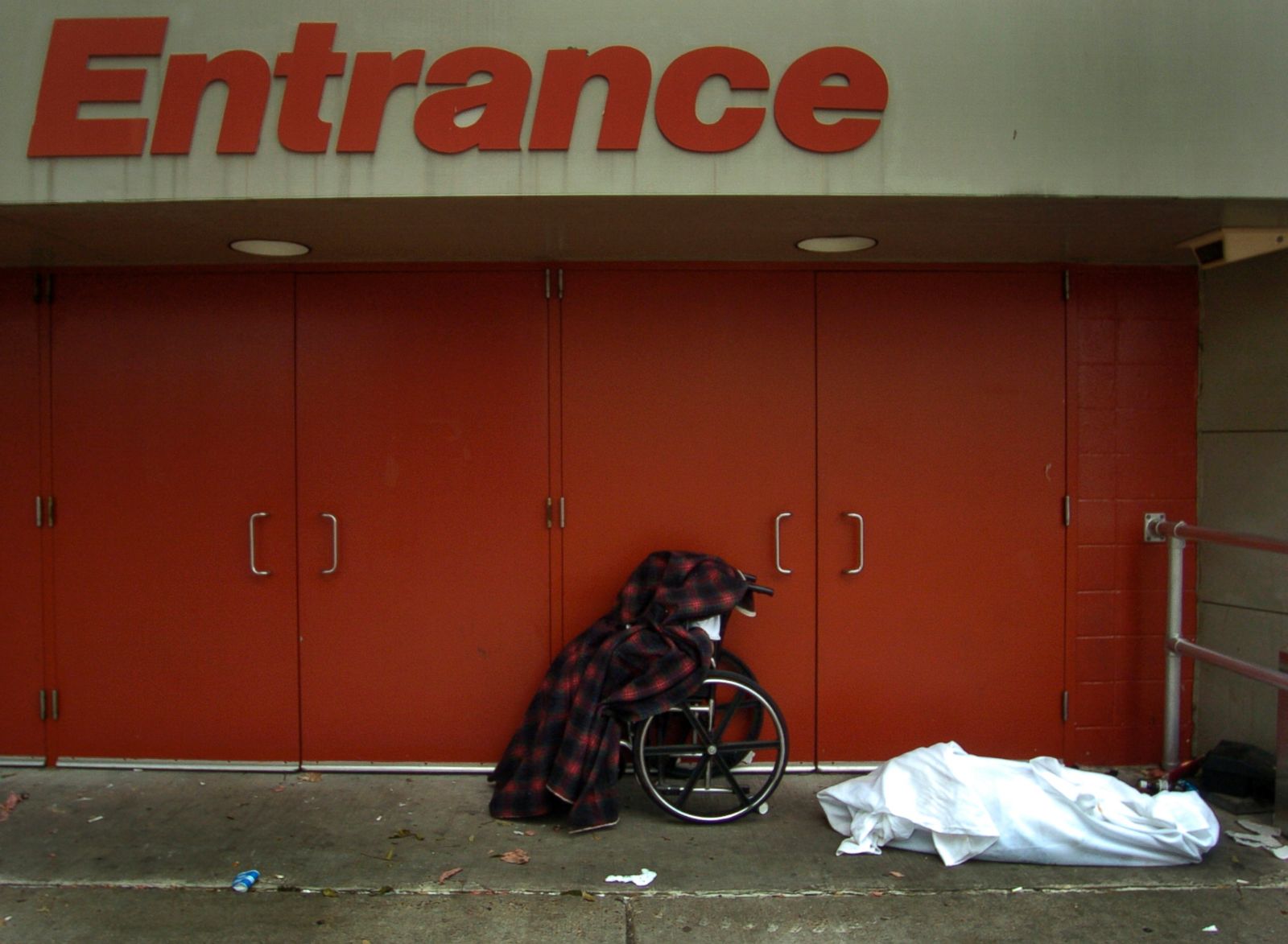
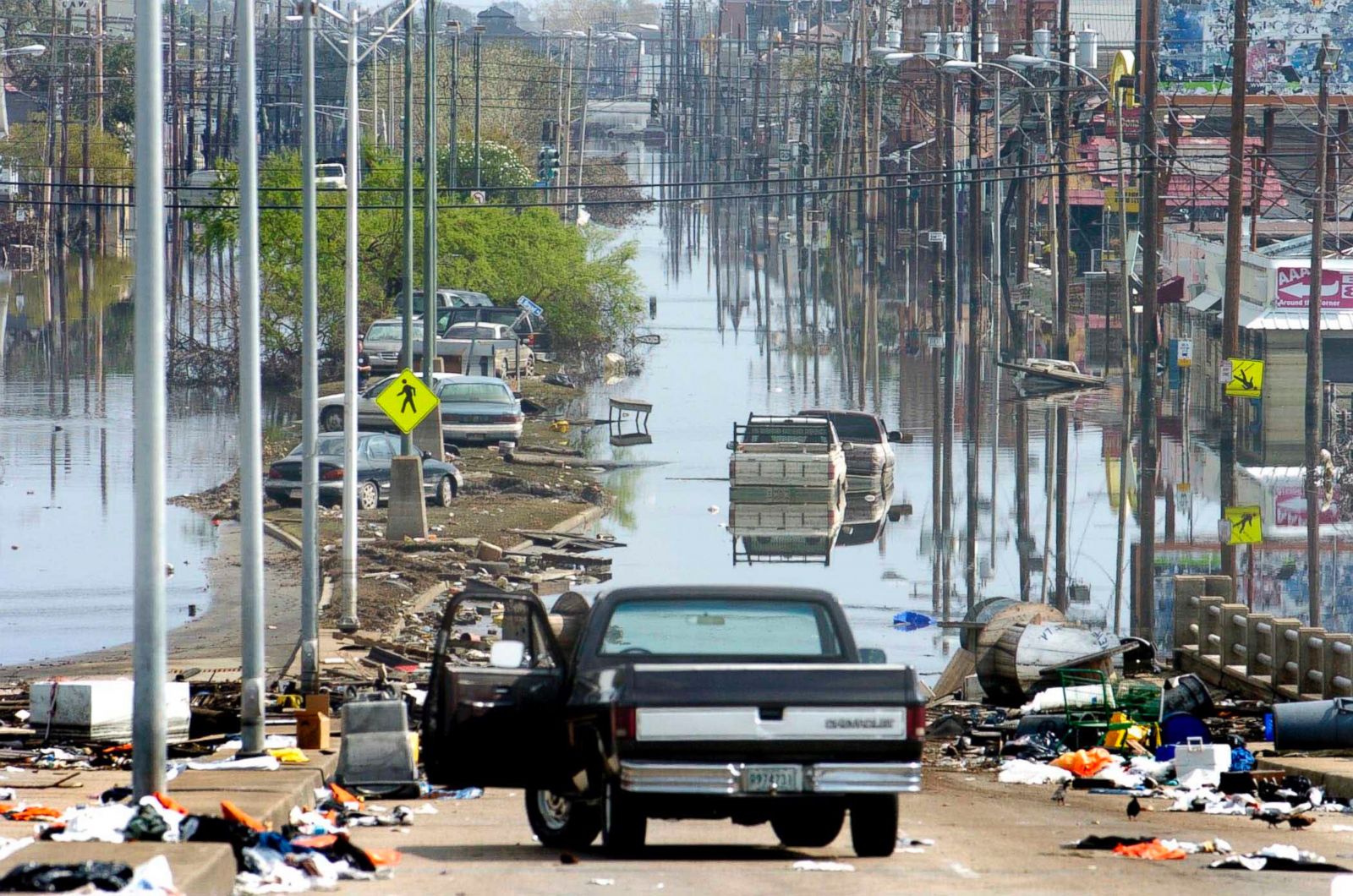
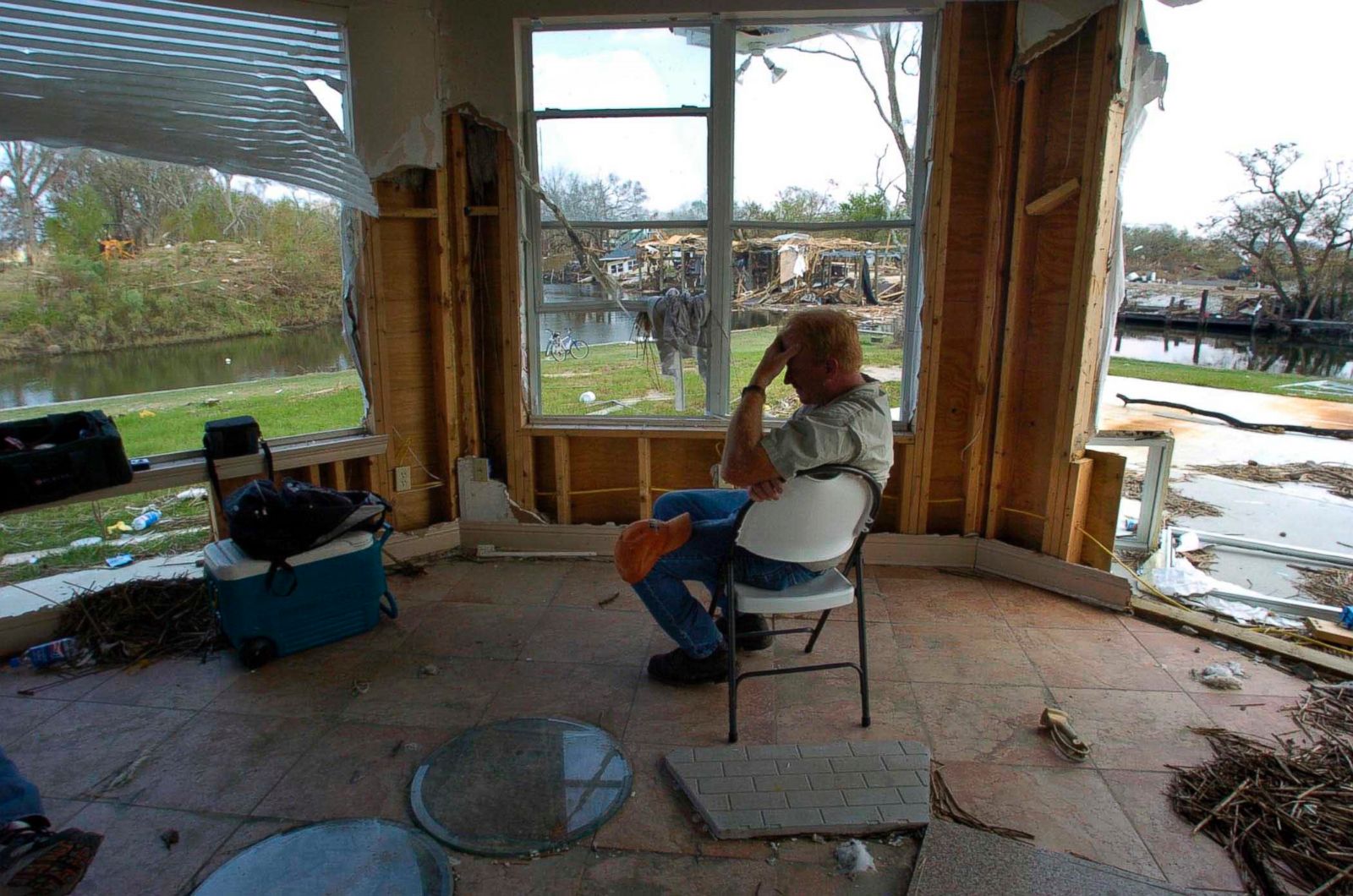
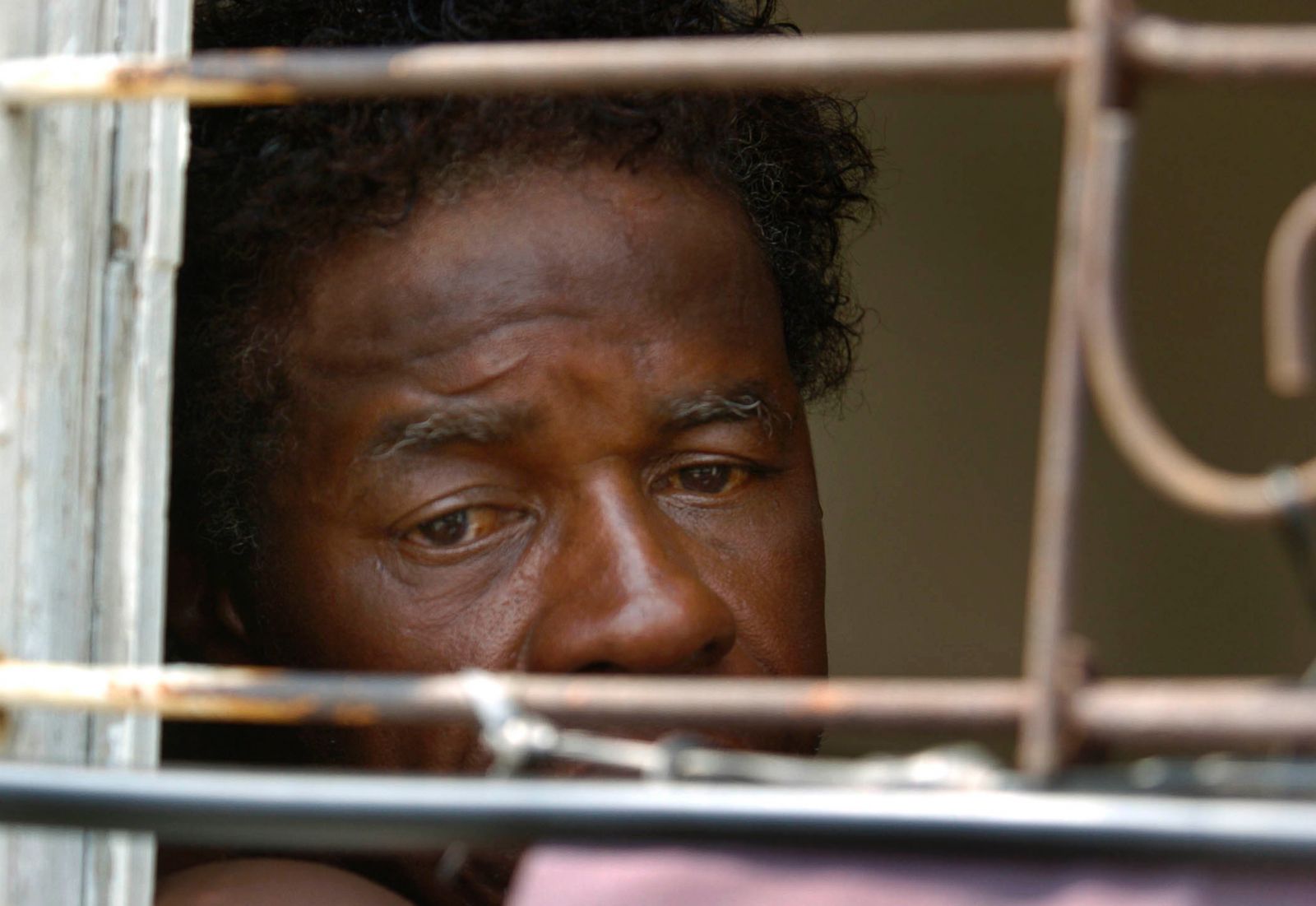
1 of 9
As Hurricane Katrina passed through New Orleans, The Times-Picayune photojournalist Ted Jackson was on assignment. Upon hearing that the Lower Ninth Ward was flooding, Jackson headed there with his camera, capturing images of the devastation and trying to help who he could. Jackson recalled what he saw from behind his lens and what happened after for the ABC News special “Katrina: 10 Years After the Storm,” which airs on Sunday, Aug. 23 at 10 p.m. ET. In this photo Jackson took late Monday morning on Aug. 29, 2005, girls wait for help atop an entry door at their home in the lower 9th ward.